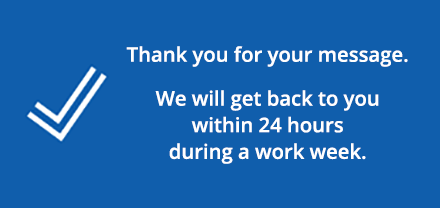Accountability is increasingly affecting brands. This applies particularly to their marketing, but also to the organization itself. Under pressure from CFOs and business managers, return on investment (ROI) has shifted from a way to measure the efficiency of a campaign to a matter of life and death for brands. In many cases, sub-brands are being incorporated into one main umbrella brand. Take for instance Dutch Telco player KPN. “We were one, you and I, we really connected, we sent messages through WhatsApp, liked cat videos” is what we heard on Dutch television in 2015. #byebyeHi was the last campaign for the Dutch Telco brand Hi, after which all activities and customers were combined under the banner of the parent company KPN. The market leader in the Netherlands, KPN is the most important brand in the portfolio. In 2019 and 2020, XS4ALL and Telfort, two other brands owned by KPN, will suffer the same fate. This will allow KPN to concentrate its marketing efforts (and budgets) on one brand for all its telephony, internet and cable television. Not only is accountability increasingly affecting brands, but data-driven marketing is becoming much more important. Companies are collecting increasing amounts of data to better follow and control consumer behavior. They create profiles, track click paths, use hyper-targeting and follow consumers on each and every device in the customer journey. This huge lake of data is manipulated and analyzed to help organizations become more commercially oriented. What is striking is that accountability and data-driven marketing together lead to a focus on short-term results. If it does not help companies to quickly sell more, it is apparently not good enough. Or to continue with the ROI terminology: companies are looking at the return (read: sales) very critically, but not enough at the investment (read: the input, nature and quality of the campaign). “Now is the time to look further”, says the main person in the Hi commercial in a resigned tone – after which he is launched into space in a rocket. Marketers consistently build strong brands with their campaigns, which address a large group of people, are resilient, and can command a higher price. Fortunately, in market research, all kinds of innovative options are available. There are numerous data-driven solutions that help improve campaigns, whether it is with faster, compact pre-testing of (digital) advertising, or online ‘focus groups’ using AI-supported questioning techniques. Read more about this here. With a good run-up, you can jump further – without needing to go into outerspace. Superior campaigns deliver better returns and address the entire market, instead of those customers that would already be buying the product anyway. They work well in the short-term and they linger for the long-term after-effect. And – last but not least – superior campaigns ensure that you never get to the CFO table to pitch the goodbye campaign for your brand. And you never need to say Auf wiedersehen, adios, bye bye to your brand. This blogpost appeared earlier as a column in CLOU, magazine for marketing insights & digital analytics (in Dutch).It’s a matter of life and death for brands
 By Andy Santegoeds,
By Andy Santegoeds,
Client Director
Making brands accountable








